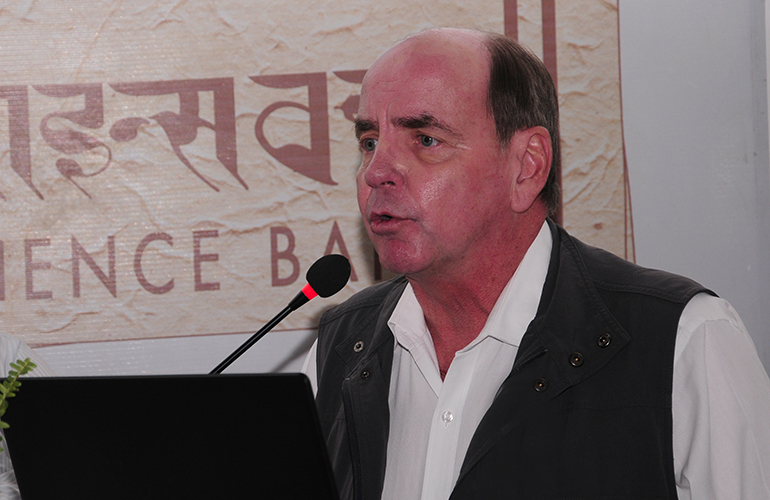Lecture Series
Conservation and Restoration of Alpine Ecosystems in the Himalaya and the Andes: New Challenges for the 21st Century

Alton C. Byers
on
Conservation and Restoration of Alpine Ecosystems in the Himalaya and the Andes: New Challenges for the 21st Century
Alpine ecosystems throughout the world have been heavily impacted by human activities, especially during the past 20 to 30 years with the exponential growth of mountaineering, trekking, and adventure tourism to remote mountain regions. The most common impacts include the removal of slow-growing alpine shrubs and cushion plants by lodge owners, porters, and climbing/trekking parties for use as fuel, with associated accelerations in soil loss and decreased slope stability. Other forms of disturbance include turf cutting; increased numbers of pack animals to cater to tourists; accelerated water-borne health hazards due to improper human waste disposal; and the growing presence of landfills and human waste disposal pits in the vicinity of villages along the main trekking routes. More recently, factors related to globalisation, outmigration, and the harvesting of the medicinal yarsagumba (Ophiocordyceps sinensis) are causing high levels of disturbance to alpine ecosystems in Nepal.
This lecture discussed the author’s work over the years in Nepal and Peru to understand the causes of alpine degradation; engagement with local communities to protect and restore their alpine environments; and ongoing research to better understand the contemporary impacts of new markets and globalisation on even the most remote of Nepal’s high mountain alpine ecosystems.
* * *
To listen or download lecture in audio format
Alton C. Byers is a mountain geographer, conservationist, and mountaineer specializing in applied research, high altitude ecosystems, climate change, and integrated conservation and development programs. He received his doctorate from the University of Colorado in 1987, focusing on landscape change, soil erosion, and vegetation dynamics in the Sagarmatha National Park. He joined The Mountain Institute (TMI) in 1990 as Environmental Advisor, and worked as Co-Manager of the Makalu-Barun National Park (Nepal Programs), Founder and Director of Andean Programs, Director of Appalachian Programs, and as Director of Science and Exploration. In 2015 he joined the Institute for Arctic and Alpine Research (INSTAAR) at the University of Colorado at Boulder as Senior Research Associate, and currently works on a range of research teaching projects in the Himalayas, Andes, Appalachian, and Rocky Mountains. Dr Byers has published widely on a range of scientific topics, and is an author and editor of Mountain Geography: Human and Physical Dimensions (2013).
This lecture was organised in collaboration with the Association for Nepal and Himalayan Studies – Kathmandu Centre.
